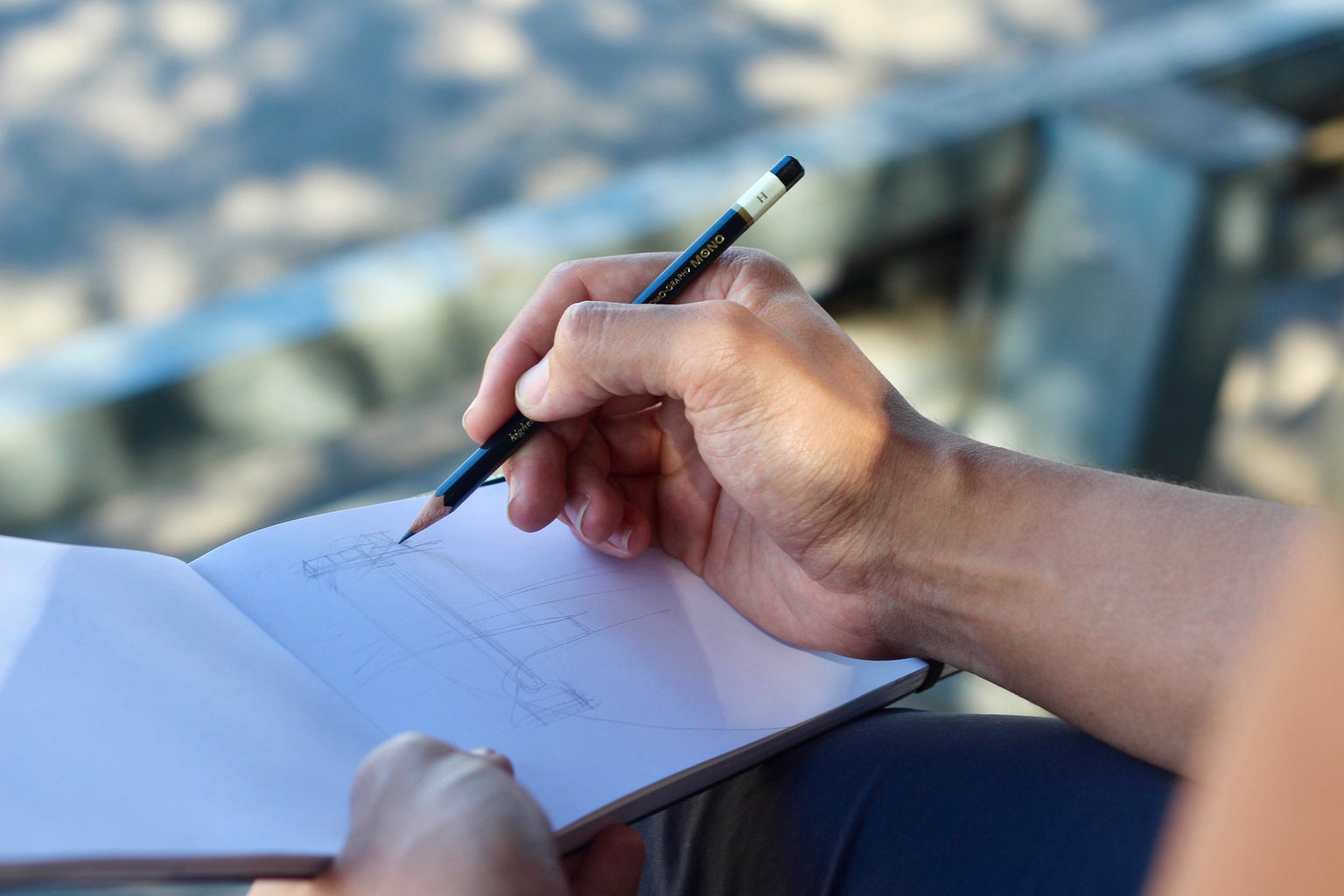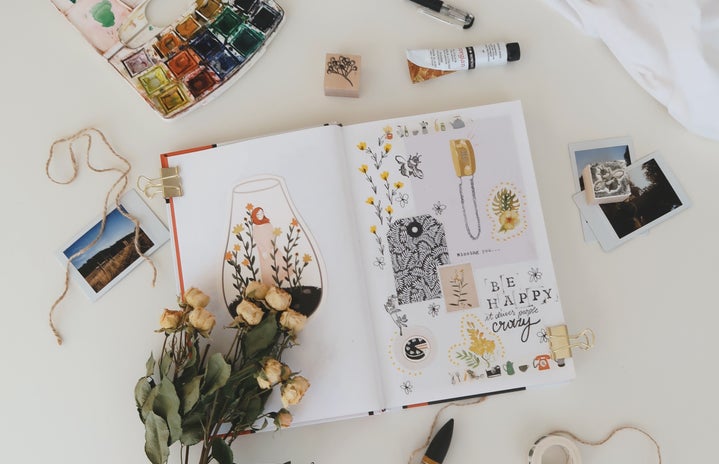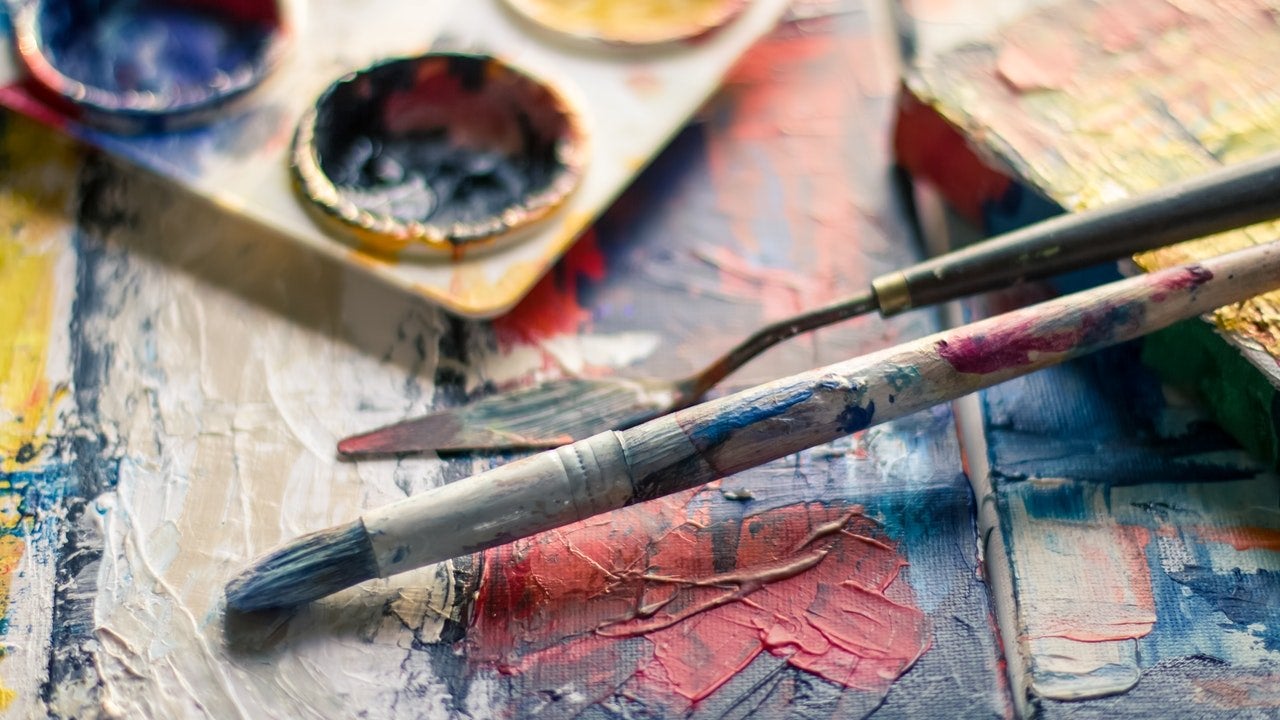Every artist has heard it quite a few times. Even you, my dear reader, may have said it yourself. “I could never draw like you, I can barely draw a stick figure!” Respectfully, I ask you to stop saying this. If I had a dollar for every time I heard someone say this, I would be able to pay off my student loans.
The growing pattern I’ve witnessed over the years in my interactions with people who don’t practice any hobbies centered around art is that there seems to be some sort of notion that art is an innate talent you’re born with or a developed skill.
Reality Check
This might come as a bit of a shocker to you, but being able to draw or paint is a developed skill! But by continuing to tell yourself over and over, that you can’t draw or paint, you get stuck believing that you can’t, without ever picking up a brush. Art can seem scary, you may not be very happy with your first piece if you’re stuck in that fixed mindset, but it’s important to remember that everyone starts at the beginning, whether they started at 5 years old or 20. I didn’t just pick up a pencil in elementary school and start drawing photorealistic portraits. In reality, I was copying anime characters out of how-to-draw books, without any knowledge of how to sketch lightly. The thing is though, I had fun doing it. That’s the main takeaway with art: it serves an important emotional purpose first and foremost. Art takes time, but the learning process is just part of the fun!
Art is Never “Bad”
If I have to die on any particular hill, this is the hill I will absolutely die on. In life, there are no rubrics. There is no grading scale to art (unless you’re taking a class, but art for class and art for yourself are two different stories). Creating art is something personal, regardless if you’re a beginner or an expert. Everything you create has a purpose, whether that purpose is strictly for practicing technical skills, like proportions, value, and color theory, or creating art to fulfill an emotion. If that purpose is met, you have made good art! And since creating art pretty much always has some technical skill practice involved, you are always going to be fulfilling the purpose of getting better. I keep all my old sketchbooks to see how my art has progressed over the years, and while my first sketchbooks may be considered objectively “bad,” they are every bit as important as the sketchbook I’m drawing in now. Because if I never drew in those first sketchbooks, I wouldn’t be where I am today.

Art and Feelings
I feel the relationship between art and emotional fulfillment requires it’s own section because this can be achieved in so many ways. The easiest to describe would have to be joy. Colorful visual stimuli can make us happy. Following a tutorial on YouTube to paint a garden, full of pinks and oranges and blues, for instance, can invoke a sense of satisfaction and happiness. You get to see something you made and had fun making. Learning how to draw doodles of people, animals, and plants can spark happiness as well as doodles that are meant to be silly. Regardless of how you feel about any other type of art, there is absolutely no way you can doodle “incorrectly.” Even with finger painting, there is a simple, nostalgic joy in getting a little messy and smearing paint with our hands. It provides some time to let go of stress and just have fun.
But art can also help let out steam. Feeling angry? Do something a little destructive like splatter art, or tearing apart magazines and other photos to make a collage. Or process your frustrations by working on an abstract piece that represents how you’re feeling: are you feeling spiky? Are you feeling rough? Project it onto canvas.
Emotions related to sadness can be processed the same way: if you’re feeling blue, paint something blue that represents what’s got you down. Or try something different to cheer up, painting things that make you happy to remember there’s always a light at the end of the tunnel.
Experience Isn’t Necessary
The point I’m trying to make here is that art is about your feelings. There are no prerequisites needed to make art. Art can start with whatever pencil you have lying around and the margins of your notebook. I personally love sketching with a Bic mechanical pencil— I can get a pack of them for less than 5 dollars and it’ll last me a lifetime. But the point is to just sit down, turn on some music if you want to, and put pencil to paper. Find prompt lists like Inktober or Huevember, and have fun with it!




